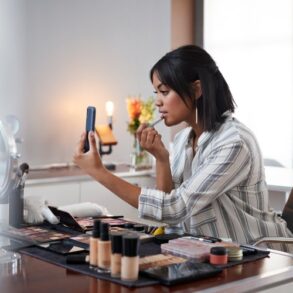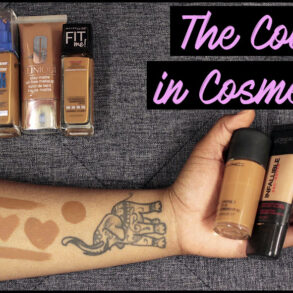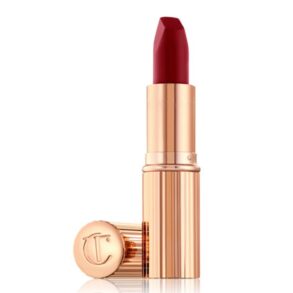I’m no movie critic, and this isn’t a movie review.
I have far too much respect for the likes of the late Roger Ebert of the Chicago Sun-Times, Leonard Maltin, Manohla Dargis of The New York Times, and Gene Seymour.
I’ve not been invited to be a member of the African American Film Critics Association. I’m not a member of The Academy, and I play no role with choosing who wins Oscars.
Still, I love movies. I’ve seen a lot of them, and I know what I like in a movie.
Some movies automatically make my list of movies to see in a theater. Others must wait until I can catch them on a streaming platform, or even on television. Still others I can take or leave; I’ll see them if I see them.
Barbie was on that last list.
For four weekends, the Barbie movie has been all the rage at theaters across the nation and around the world.

Harper Pope (left), 8, Avery Hawkins, 7, and Reese Ward, 16, lead members of their families to see the opening for the movie “Barbie” on Thursday, July 20, 2023 at the Cinemark Perkins Rowe in Baton Rouge, Louisiana.
Fans apply Barbie-like makeup, dress like the doll and don lots of pink when going to theaters to see the megahit, sometimes for the second, third and even a fourth time.
Barbie has broken all kinds of records:
— it’s expected to be the highest grossing movie of the year (2023) as of Wednesday (Aug. 23);
— it had the biggest opening for a non-sequel and for a toy-based film; and
— it’s already the highest-grossing Warner Brothers movie of all time.
I don’t care what the film is about, its name, its stars or its length. Movies with records like that get my attention.
I couldn’t resist. I had to see the Barbie movie.
I went to the Broad Theater in New Orleans and sat on the last row by the wall. Because the movie’s been out for some time, I didn’t expect the near-sellout crowd I encountered.
Some moviegoers wore pink to sync with the movie’s primary color. I didn’t. Some bought special Barbie drinks. I didn’t.
Yet, I should’ve known Barbiemania would include additional ways to indulge in the event — and spend money.
I expected a decent film, one with slapstick jokes, magic musical moments and lot of pink. What I saw was much better than I anticipated.
I expected a flick geared toward pre-teen and teenage girls and their moms. It is that — and more. Barbie is a well written, well acted, well directed film.
Barbie goes beyond doll-like niceness and naiveté to reach deeper. It challenges how we raise our children, the roles of girls and boys and the roles of women and men. It clearly establishes the ability and right to say “no.” Barbie makes it clear to Ken that he is a “friend,” not someone who should expect to stay over.
Ken, however, was disappointed that there wasn’t more to the relationship. I understand. I was frequently that “guy friend” when I was younger.
The movie version of Barbie is far more feminist than some might expect from a film based on toy that, for decades, often evoked shallowness.
Some critics have suggested the movie is anti-men. It’s not, but it is pro-women.
Without giving away too much, bland, second-fiddle Ken gets exposed to some real-world machismo and patriarchy, and he likes the way it feels. He likes being asked for the time. He likes the male show of strength and toughness. He likes the way women and men look at him and respect him in “the real world.” He decides Barbieland needs some of that.
Not so fast, says Stereotype Barbie (as she calls herself in the film, portrayed by Margot Robbie).
The Barbie movie includes Mattel employee Gloria (America Ferrera), Ken (Ryan Gosling), President Barbie (Issa Ray) and a host of Barbies and Kens of various colors, shapes and sizes. There’s even Allan (Michael Cera). That’s too much to get into here; you’ll have to see the movie.
The Barbie doll is just a few years younger than I am; she arrived in 1959. There are so many Barbies that, according to one estimate, three Barbies are sold every second, and more than a billion have found their way into homes. The movie will ensure many more Barbie-doll sales.
Barbie the doll has evolved through the decades. Barbie the movie makes it clear that girls and women have changed, too — and there’s no going back.
If I could wave a wand and make it happen, I’d see the movie again — with the daughter I never had.
She’d wear pink, and so would I. She’d be One Bad Barbie.





